Substations are essential components in the electricity distribution network, acting as the intermediary points where high-voltage electricity is transformed for safer public use. These stations play a crucial role in ensuring reliable power reaches our homes and businesses. Without them, managing and directing the flow of electricity would be almost impossible. With varying sizes and functions, substations are tailored to meet the specific needs of the areas they serve.
By examining the different types of substations and their specific uses, we gain a better appreciation of the complex system that powers our daily lives. Each type has distinct features and serves unique purposes, contributing significantly to the efficiency and reliability of power distribution. Whether in densely populated cities or remote areas, understanding these types of substations helps highlight their impact on our everyday world.
Types of Substations
Substations come in various forms, each designed for particular roles within the power distribution network. Let’s look at some key types:
1. Distribution Substations
– These are the most common types you might find nestled within communities. Their primary role is to lower the voltage from the transmission lines to levels suitable for local distribution. Picture them as the neighborhood hubs that ensure your home lights turn on smoothly every evening. They connect the main transmission lines to the local grid, making sure energy is efficiently directed where it’s needed most.
2. Transmission Substations
– Unlike distribution stations, transmission substations carry the big task of handling higher voltages. You can think of them as the power highways, ensuring electricity travels long distances without losing strength. By transforming voltage levels between transmission circuits, these stations allow for efficient movement of electricity from power plants to different regions.
3. Converter Substations
– These specialized units manage the conversion between alternating current (AC) and direct current (DC) systems. They are crucial when different parts of the grid use different types of currents. Imagine you have appliances that only work with certain outlets—converter substations ensure compatibility across different systems, supporting a seamless power flow.
4. Step-up and Step-down Substations
– As their names suggest, these substations are responsible for either increasing (stepping up) or decreasing (stepping down) voltage levels. Step-up substations are often located near power generation plants, boosting voltage for efficient long-distance travel. On the other hand, step-down units are closer to consumers, reducing voltage to safer, usable levels.
Understanding these different kinds of substations provides a clearer picture of their collective function in maintaining a reliable electricity supply. Each type has a unique role that, when combined, ensures the seamless delivery of power from generation plants right to your outlet. This network of substations helps maintain stability and efficiency in power distribution, regardless of the distance it must travel.
Uses of Substations in Different Settings
Substations have varied uses across different settings, ensuring a steady supply of power and enhancing our daily lives. Let’s explore some common applications.
In residential areas, substations play a pivotal role in maintaining dependable electricity. They reduce high voltage electricity to a level that is safe for use in homes. This conversion is crucial as it prevents appliances from being overloaded or damaged. Picture the nightly routine of coming home, turning on the lights, and watching TV. Without well-functioning substations, these everyday actions wouldn’t be possible.
In the industrial sector, the importance of substations becomes even more pronounced. Factories and large facilities depend on consistent power to operate machinery and maintain production lines. Substations help by regulating the voltage that reaches various equipment, ensuring everything runs smoothly. Imagine a factory floor where every machine functions like clockwork, thanks to the voltage control provided by substations. This efficiency not only helps in production but also in minimizing the risk of equipment failure.
During emergencies, substations are key players in restoring power quickly. When storms or natural disasters hit, power lines may go down, causing outages. Substations equipped with backup systems can efficiently reroute electricity, minimizing downtime and helping communities recover faster. It’s like having a team of electrical superheroes ready to tackle any blackout situation, ensuring lights and heaters come back on when they’re needed most.
How Substations Enhance Community Safety
Proper maintenance of substations significantly contributes to community safety. Regular inspections and upgrades ensure that faults are minimized, preventing large-scale outages and potential hazards. Substations are often equipped with safety mechanisms that can isolate faults to contain problems quickly, avoiding widespread electrical failures.
In Gadsden, AL, attention to substation upkeep is essential given the location’s variable weather patterns that could impact power reliability. By staying on top of maintenance, these facilities function optimally, providing peace of mind to residents and businesses. It’s the difference between living in a place where outages are rare versus frequent interruptions that impact daily life.
Summarized Insights
Understanding the various types and uses of substations highlights their importance in our electrical networks. Whether in homes, industries, or during emergencies, substations ensure consistent power delivery. They not only adapt the voltage to safe levels but also play a vital role in community safety through proper maintenance. Appreciating their functions allows us to recognize the intricate infrastructure that powers our lives and keeps our surroundings safe and efficient. By continuing to invest in and maintain these critical components, we can look forward to a future with reliable electricity that’s always there when we flip the switch.
To learn more about how substations keep your community powered and safe, explore Southeastern Utility Services’ expertise in substations. Our team is committed to supporting Gadsden, AL with reliable and efficient power solutions tailored to meet local needs. Reach out to Southeastern Utility Services for dependable service that keeps your infrastructure running strong.
